Clear skies allowed Alberta producers to advance their harvesting operations during the week ended Aug. 26, 2025.

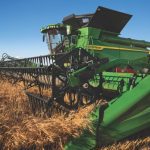
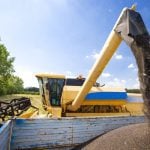
Combining of spring crops getting started
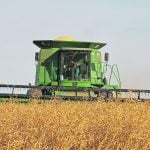
Dry areas begin harvest operations
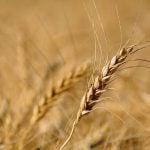
Despite dryness, crops still in good shape
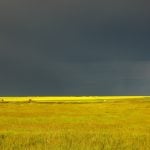
Some regions improve, other slip back

Rain ranges from nothing to 41 mm
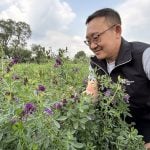
Yellow flowers could help scientists breed new varieties that cope with dry conditions

About 50 to 70 per cent of normal precipitation

Knowing how perennial plants function can help producers make better decisions

Good majority of moisture levels rated adequate